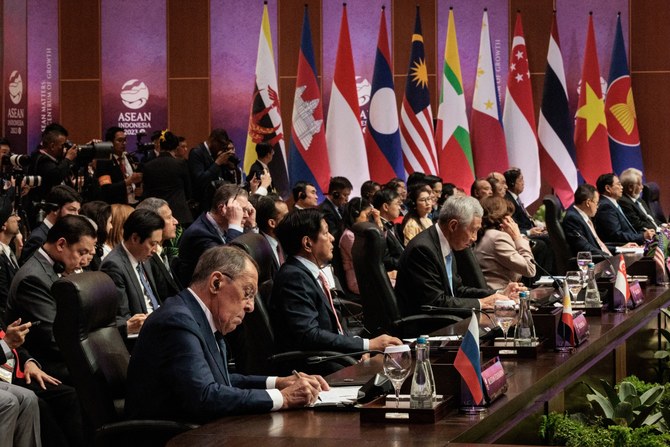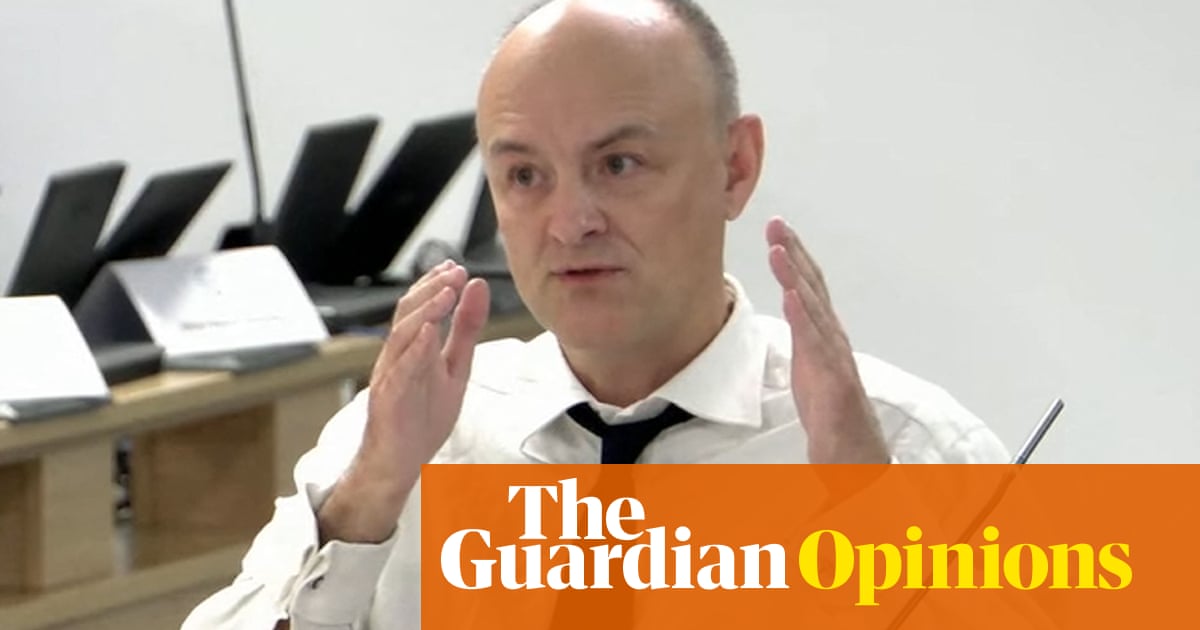
After two years of Covid-driven decline in public transport use and increasing automobile traffic globally, what can governments do to entice people out of their cars? In Germany, the response to the effects of the pandemic and the cost-of-living and climate crises has been bold and decisive. The federal government introduced a €9 (£7.60) monthly public transport pass, available to everyone and across the network for the months of June, July and August.
As soon as the offer was announced, our social media streams were buzzing with people sharing news of snapping up the opportunity to enjoy inexpensive, unlimited travel on all buses, trams, subways and regional trains across Germany. And after just one month, the success of the scheme appears to make a compelling case for other countries to follow suit.
A preliminary analysis found that, while previously longer train trips (in excess of 300km, or 186 miles) made up a majority of journeys on the German railway network, the reverse was true in June 2022. In just the first week, train trips of between 100km and 300km increased to 46% above pre-Covid levels – and, most impressively, to 58% for short-distance journeys of 30km to 100km. At the same time, a TomTom analysis found a decline in car congestion, resulting in improved driving times in 23 of 26 German cities examined.
What are the implications of these behaviour shifts, and what are the lessons for other countries or regions that are considering similar schemes?
First, making public transport cheaper should aim at significantly improving access to economic opportunity – including employment and education – for the residents who need it the most. For many, the choice to use public transportation is predicated on the availability of affordable and reliable options. If it is deemed too expensive – especially for those with lower incomes – or is inconvenient in terms of station location, routing or frequency, the average person will opt for the seemingly more affordable and reliable option: the car.
What makes the flat-rate €9 ticket so attractive is, of course, the price; even a usage of 20 days a month equates to a modest 45 cents a day. However, while a discounted fare is important, it is worthless without public transport networks, eg local buses, regional trams and intercity trains, to support it, complementing each other to provide (nearly) door-to-door connectivity.
This integrated, fine-grained provision has been the secret of the success of public transport in the Netherlands, where we and our children live comfortably without a car.
We take frequent buses, trams and trains in virtually every corner of the country, and giving up the car we relied on before moving from Canada has done nothing to limit our ability to travel longer distances for school, work, social visits, sporting activities and even camping holidays.
Every day, millions of Dutch people combine a walk or cycle with some form of motorised public transport to access their daily needs. Despite this fact, however, long-distance car journeys are increasing, in part because many find the cost of public transport a barrier to usage. A one-way, 25-minute train journey from Amsterdam to Utrecht, for example, starts at nearly €9. For that reason, to really bring passengers back, governments need to take a combined approach of offering affordable fares and a fast, frequent network. Public transport can be made even more attractive when the “first-mile last-mile” issue is actively considered and catered for: comfortable conditions for users to walk or cycle to and from their stop or station.
Beyond the positive impacts on congestion and the climate, a less discussed outcome of fewer cars on our streets is the positive effect on our personal and collective wellbeing. In researching our book on the subject of car use, we discovered myriad sociological benefits for residents of places where cars no longer dominate. Children experience greater independence as road safety dangers are reduced. Public spaces with less motor traffic are quieter, reducing ambient stress and enabling greater social contact between local people and visitors. Moving around a city at a slower pace facilitates face-to-face contact, something we all experienced the loss of during lockdown, and which directly contributes to the release of oxytocin, making us healthier and feeling happier.
While these quality-of-life benefits were not intended outcomes of the €9 ticket in Germany, they certainly should be a consideration for other countries currently experimenting with temporary fare reductions, such as Ireland, where most fares have been cut by 20% until the end of 2022, and Luxembourg, where public transport is now free. Spain is halving many fares on buses, trams and trains from September, and will make some commuter routes free for multi-journey tickets until the end of this year.
At the same time, it is critical to remember that reduced fares are not the golden ticket to reducing congestion and increasing ridership. The success of any incentive lies in accessibility, and that only comes with investment: a robust network of public transport options that reach as many residents as possible, complemented by safe walking and cycling networks. These are what make the sustainable choice the easy choice. Ensuring that those with the least financial means are provided a pathway to entry through a reduced fare scheme can offer an equitable lifeline that might just be gamechanging for their economic situation.
When this three-month experiment ends at the end of the summer, the legacy of Germany’s €9 ticket will hinge on any lasting behavioural change. Time will tell whether the loss of the enticing, affordable option causes people to revert to old, car-based habits or whether experiencing a different way to move around inspires them to make more permanent changes throughout the autumn and winter months. Ideally, the experience of a less stressful, more enjoyable means of travel will be a catalyst not just for those using public transport, but also for the decision-makers in accelerating the transition to a more climate-friendly future.
Melissa and Chris Bruntlett are urban mobility activists based in the Netherlands and the authors of Curbing Traffic: The Human Case for Fewer Cars in our Lives












